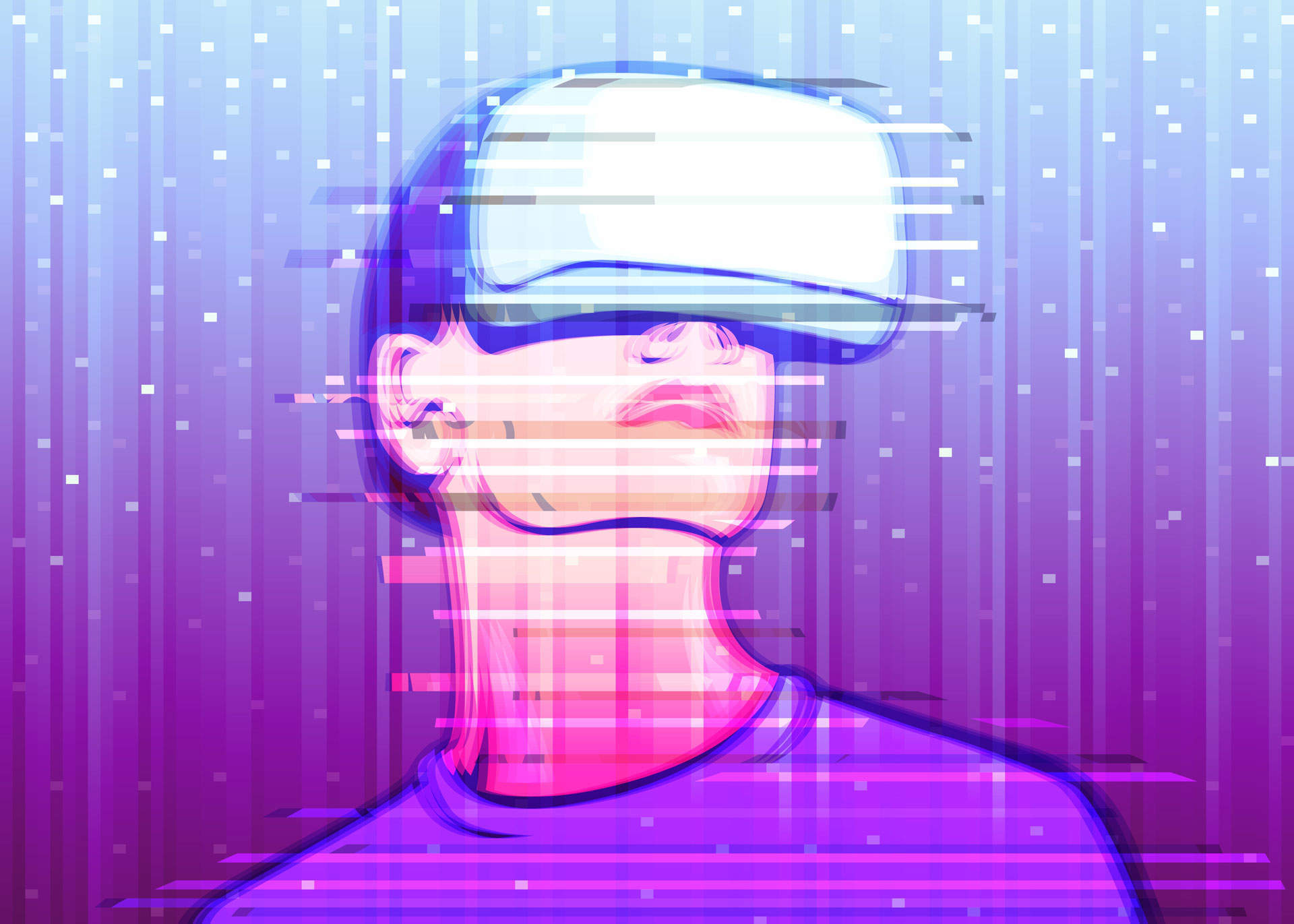
From virtual reality to driverless cars, there is no doubt that emerging technologies have received a significant amount of attention over recent years. However, will such technology live up to expectations, or will some of the promising tech trends disappear into oblivion? The Gartner Hype Cycle 2018 aims to answer this.
The report, known in full as the Gartner Hype Cycle for Emerging Technologies 2018, looks at emerging technology trends with the aim of identifying technologies that will be important for businesses over the next five to ten years, and those that won’t.

Access deeper industry intelligence
Experience unmatched clarity with a single platform that combines unique data, AI, and human expertise.
The research company uses insights from more than 2,000 technologies and condenses them into a succinct set of 35 emerging technology trends on a “hype cycle”.
Gartner’s hype cycle is a graphical representation of the life cycle stages a technology goes through from conception to maturity and widespread adoption. It maps the public’s expectations of emerging technologies from the peak of inflated expectations, through the trough of disillusionment, the slope of enlightenment and then eventually the plateau of productivity.
Gartner Hype Cycle 2018 predicts rise of mixed reality
One of the key findings is that mixed reality (MR) is forecast to overtake virtual reality (VR) and augmented reality (AR) as the preferred technology.
Also known as hybrid reality, MR is the blending of AR and VR, providing users with the ability to switch between fully immersive virtual content and augmented digital content overlaid on the real world.

US Tariffs are shifting - will you react or anticipate?
Don’t let policy changes catch you off guard. Stay proactive with real-time data and expert analysis.
By GlobalDataAccording to the Gartner Hype Cycle, standalone AR will reach the trough of disillusionment, which means that interest in the technology will decrease, in five to ten years. However, MR will remain popular for longer because it better integrates real-world objects and their virtual counterparts.
The hype cycle therefore reveals that MR will become a widely used human-machine interface technology in the coming years.
Head of VR/AR at PwC Jeremy Dalton believes that the spread of devices that incorporate AR is partly responsible for this:
“Augmented Reality is fast becoming a default part of the devices in our pockets. Google and Apple own the majority of the smartphone market and are both investing heavily in AR, helping this technology reach the mainstream more quickly and explaining its more advanced position on the latest Hype Cycle.
“The business case for developing further AR applications continues to grow as the technology becomes increasingly ubiquitous. It’s a virtuous circle – launching more AR apps means people become more comfortable using this kind of technology, and in turn this continues to drive up adoption.”
Technologies entering the trough of disillusionment
Other emerging technologies that are entering the trough of disillusionment include smart fabrics, connected homes and most significantly, blockchain, which has received a considerable amount of attention in recent years, with some experts predicting that bitcoin will replace traditional currencies within a decade.
However, Gartner predicts that other technologies look likely to continue growing in popularity and ubiquity in the next decade. Artificial intelligence (AI) is among this group, which the organisation predicts will be ‘virtually everywhere’ over the next ten years.
This trend is enabled by the following technologies: AI platform as a service, artificial general intelligence, autonomous driving, autonomous mobile robots, conversational AI platform, deep neural nets, flying autonomous vehicles, smart robots and virtual assistants.
Research vice-president at Gartner Mike Walker said:
“Technologies representing democratised AI populate three out of five sections on the Hype Cycle, and some of them, such as deep neural nets and virtual assistants, will reach mainstream adoption in the next two to five years. Other emerging technologies of that category, such as smart robots or AI PaaS, are also moving rapidly through the Hype Cycle approaching the peak and will soon have crossed it.”
The dawn of the transhuman era
Perhaps more unsettling for some, Garter also predicts that humanity will soon begin its “transhuman” era. This refers to the introduction of technologies that enhance human intellect and physiology through biohacking, with body modifications such as brain-computer interfaces, biochips and cultured or artificial tissue predicted to soon become more commonplace.
Although questions remain about how far society is prepared to accept these kinds of applications and what ethical issues they create, Gartner predicts that they could become the norm within a decade.







